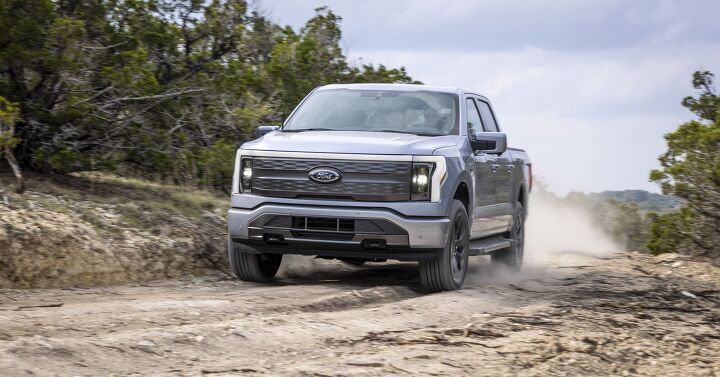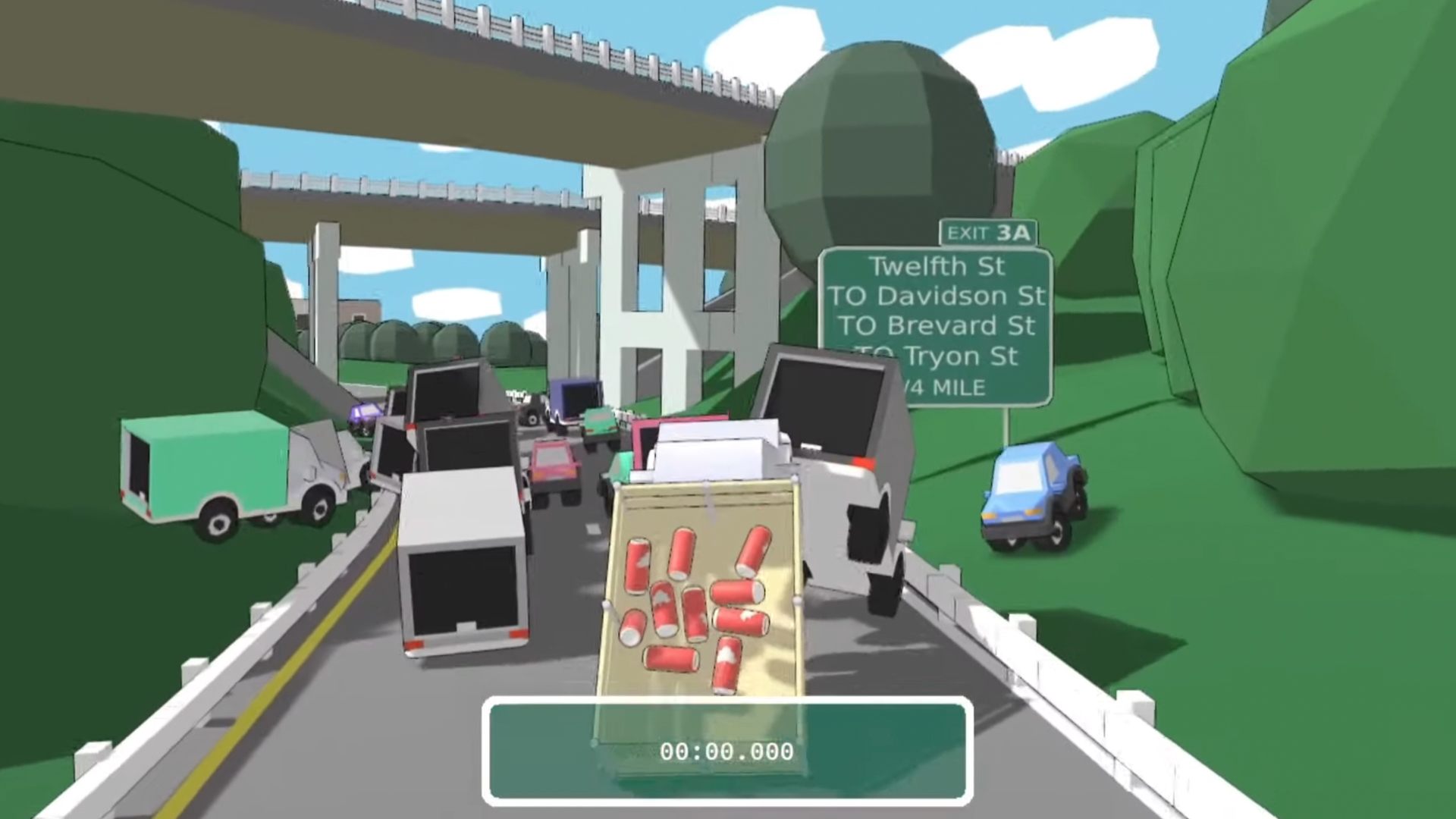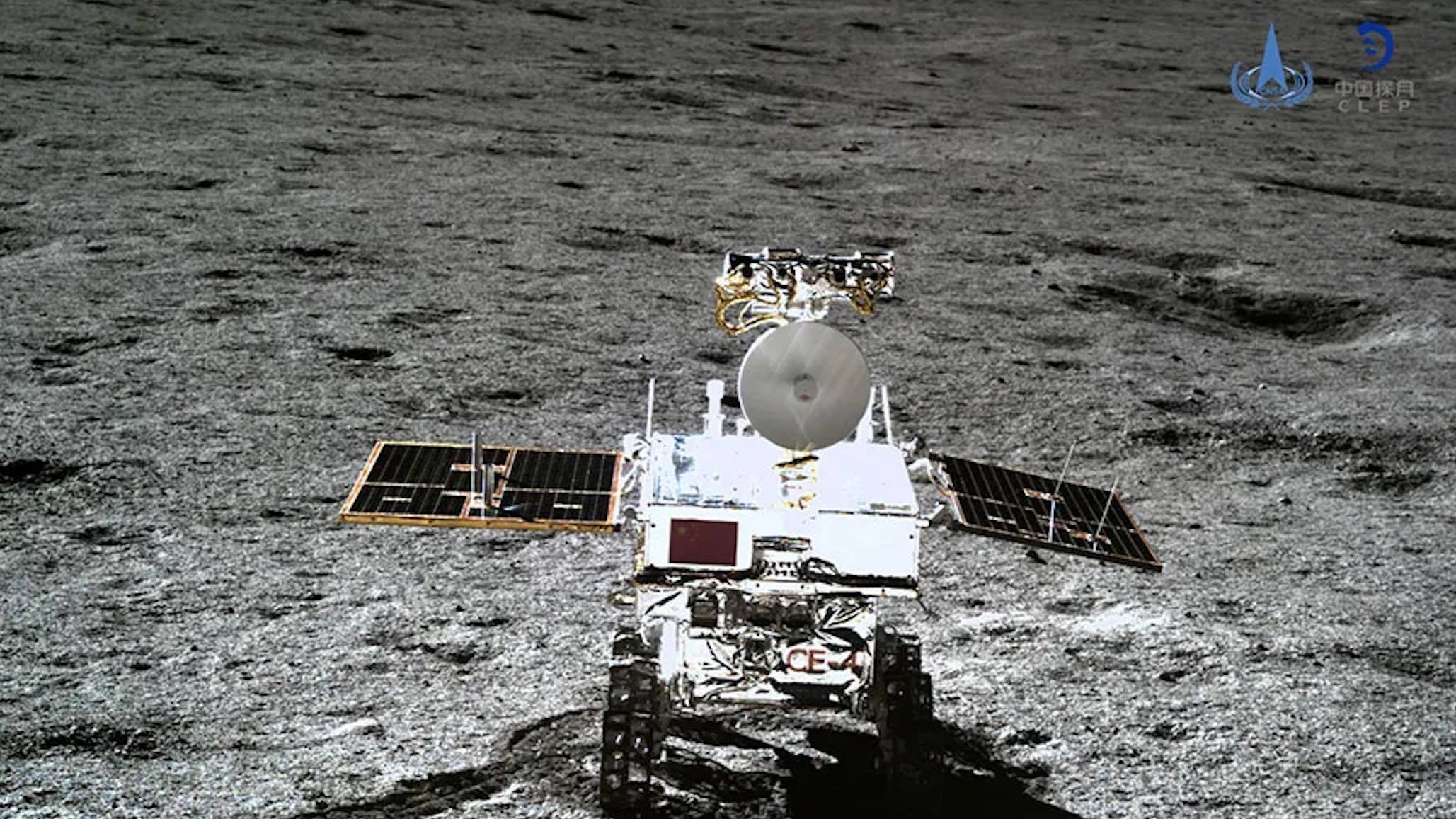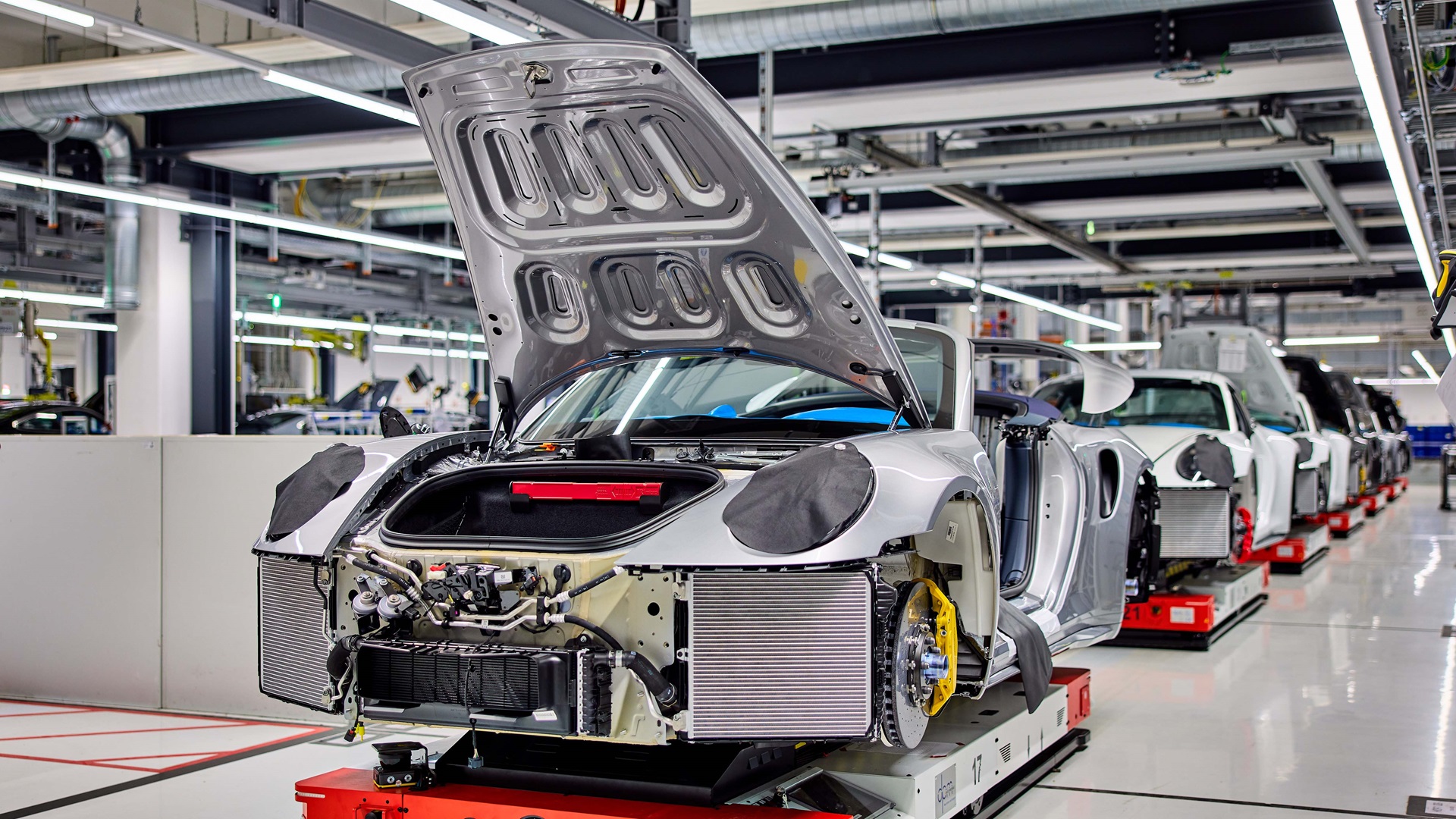When Self-Driving Actually Works: Inside Honda’s Fleet of Autonomous Factory Robots
Forget FSD. The best self-driving 'cars' aren't for sale—at least not at your dealership. The post When Self-Driving Actually Works: Inside Honda’s Fleet of Autonomous Factory Robots appeared first on The Drive.

After years of public “beta” testing of its Full Self-Driving feature, Tesla seems only incrementally closer to unleashing truly autonomous robotaxis on the broader market. But what if I told you that self-driving vehicles have been proving themselves day in and day out, with countless millions of miles traveled, hours documented, and processes improved? And all without you noticing? Welcome to the world of industrial automation, where robots have been running the show for decades.
I saw this in action for myself when I visited Honda’s Marysville Auto Plant in late January, where the company has begun introducing Automated Guided Vehicles (AGVs) to its now-electrified production line. Together with Autonomous Mobile Robots (AMRs), they’re been slowly but surely revolutionizing manufacturing and logistics operations.

They’re distinct, but not entirely different; AGVs rely on some sort of guidance, whether it’s a preprogrammed route or based on physical or digital signposts, while AMRs are allowed to behave more extemporaneously—like a consumer vacuum or lawn-mowing device. Just how many of these little self-driving robots are out there? Here’s some context: Of the ~2.7 million cars Tesla has sold since its inception, only about 500,000 owners have even touched Full Self-Driving. Meanwhile, the AGV/AGM market combines for millions of units sold every year.
A lot of the tech that we laughed off as a ridiculous proposition for self-driving cars makes total sense in a factory, where you can paint lines, mount reflectors, or even print data matrix codes (think QR codes) that light a digital path with very little in the way of superfluous guidance equipment. Honda’s AGVs (like the blue one pictured above) make their way around Marysville’s prototype battery assembly line by simply following a guide taped to the floor. If Honda decides tomorrow that the current route is not the most efficient, it’s a simple matter of laying down some fresh vinyl.

Whether it’s behind the wheel or on the factory floor, a major criticism of autonomy is that it comes at the expense of a human element. If we reduce that concept to something a bit more loaded, we arrive at the more politicized conclusion that robots are taking away jobs. Historically, there’s been truth to that, but in modern factories and warehouses, to put it simply, good work has been hard to find. It may sound counter-intuitive (or perhaps counter to some popular talking points), but more and more customers have been purchasing AGVs and AMRs to supplement the human roles they can’t fill.
That wasn’t necessarily the case as recently as 10 or even five years ago, Rocrich AGV Solutions president Brian Spradlin told me during a call this week, but it’s certainly the reality now. More and more, his customers are turning to robots because they’re consistent and dependable, even if they can be a sizable up-front investment.

But even more than that, AGVs and AMRs improve safety. As I was guided through the Marysville plant, I was struck by the absence of the one piece of machinery I most commonly associate with a manufacturing or logistics environment: the forklift.
When I asked Spradlin whether the industry has a beef with them in particular, he acknowledged that operator safety is a pain point for man-operated forklifts. While even manned tugs and other human mobility solutions can be dangerous, forklifts, by virtue of their need to be able to balance a variety of large loads high above their apparent center of mass, are almost inherently precarious things. If you ask me, they’re big, awkward death machines (my words, not his) under the control of unpredictable fleshbags (again, my characterization). I mean, come on. You’ve seen the videos. There’s a reason you can’t just hop on one of these things and go to town.
Hyperbole aside, operators have legitimate concerns. And again, it all speaks to the consistency of an automated system. A robot can’t get tired or fatigued, or become distracted by a conversation or disruption. Score another one for the machines, right?
But even if the AGV can do the forklift operator’s job more safely, it lacks a key element that simply can’t be simulated: human judgment. While it can be unreliable, it’s still necessary. A human knows that a container might be covered in a shipping blanket or have somebody’s discarded coffee cup sitting on it, whereas a robot just sees a shape it doesn’t recognize, at which point it may simply stop dead in its tracks and await human intervention. For now, and for the immediate future, there will simply be no substitute for a critical eye—a human eye.

So what is holding AGVs back from the next “big thing?” When I asked Spradlin that question, he said it’s less about breakthroughs in the fundamental technology at this point and more about adapting it to new, more dynamic environments. One huge obstacle for AGVs and, especially AMRs, is the great outdoors. There’s a reason American autonomous vehicle manufacturers do the bulk of their testing in the Southwest or on the California coast; the weather there is predictable and tends not to include snow, which effectively renders some camera-based systems useless. But as the industry finds ways of taming Mother Nature, new venues for automation will become viable. I asked Spradlin what we should keep an eye on, and one part of his answer struck me:
“Airports.”
It makes perfect sense. What is an airport, after all, but a giant logistics hub charged with sorting human and inanimate cargo? Baggage claim is nothing but an assembly line without anything being assembled. Imagine, instead of a human-driven baggage train, a group of automated tugs that can take bags directly to a waiting connection, rather than having to visit a sorting hub first. Remember the PBV concept Kia demonstrated at CES just a few years ago? The applications are truly endless.
The post When Self-Driving Actually Works: Inside Honda’s Fleet of Autonomous Factory Robots appeared first on The Drive.









































































